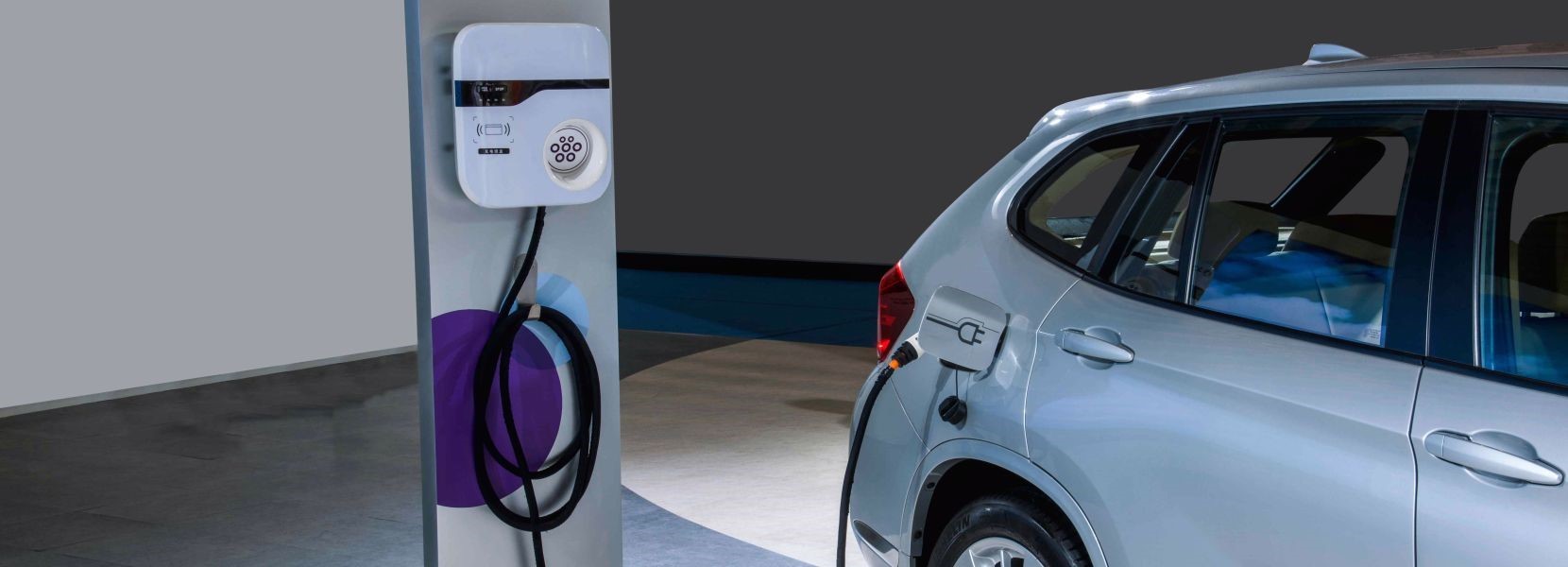
Beginner's guide to electric vehicles
Making sense of all-electric vehicles' technologies
 If you've ever wondered how electric vehicles work, trust me, it's really simple. A battery-powered electric vehicle (also known as BEV) uses chemical energy that's stored in a huge battery pack to control an electric engine that drives the wheels. Since these types of cars don't use conventional fuel, they don't have fuel tanks and tailpipes.
If you've ever wondered how electric vehicles work, trust me, it's really simple. A battery-powered electric vehicle (also known as BEV) uses chemical energy that's stored in a huge battery pack to control an electric engine that drives the wheels. Since these types of cars don't use conventional fuel, they don't have fuel tanks and tailpipes.
The first few electric cars were invented almost two centuries ago, but they died a slow death, because they were quickly replaced by vehicles equipped with internal combustion engines. Fortunately, BEVs have become a good transportation option once again; people love them because they don't pollute the air, are really quiet and have the potential to reduce greenhouse gas emissions.
Battery-powered vehicles can be charged using special plugs that can be installed in public areas, as well as in people's homes. Top-of-the-line models have ranges that can exceed 300 miles, making them a viable alternative to most petrol-powered vehicles. Many governments provide incentives for people who want to purchase electric vehicles.
It is true that electric vehicles are more expensive at the moment, but they have a lower maintenance cost, because they have fewer moving parts and don't need to use complex cooling systems. Additionally, a full battery pack recharge costs much less in comparison with what you'd have to pay to fill up a gas tank. So, with BEVs, total cost of ownership decreases fast, especially for people who drive more miles each year.
A study by Michael Sivak and Brandon Schoettle from Michigan's Transportation Research Institute has demonstrated that, on average, the annual cost of driving a typical new gasoline vehicle in the United States is $1,117, while the annual cost of driving a typical new BEV in the US is only $485. The researchers have concluded that the operating costs for a typical gasoline-powered vehicle vs a typical BEV in the US is 2.3.
The future of BEVs looks really good, but their manufacturers have to face a series of serious challenges. For starters, rechargeable batteries can be very expensive, because they need to provide plenty of power for hours in a row. Then, these batteries must have a reduced weight; otherwise, they'll just slow down the vehicle.
Most cars use expensive lithium-ion and lithium polymer batteries. However, according to a BloombergNEF report, lithium-ion battery prices have fallen from $1,160 per pack in 2010 to only $176 per pack this year. Fortunately, these types of batteries can be discharged and recharged on a daily basis, having a charge/discharge efficiency that can easily exceed 85%.
The bad news is that each battery can only be recharged 500...2,000 times before starting to lose its capacity. This means that an electric vehicle may only run for 2-3 years before needing a battery replacement. It's not all bad news, though; new battery technologies (lithium iron phosphate, for example) may provide up to 7,000 charge/discharge cycles, making these power sources last for 15-20 years.
In addition to this, car makers have implemented various systems that aim to conserve battery energy; they can turn off the engine for good when the car is stopped, or charge the battery while the driver is braking, for example.
While electric cars don't produce tailpipe emissions, their manufacturers still generate CO2 while they are manufacturing the vehicles. Batteries need to use lithium and cobalt, and most mines leak chemicals into the water sources nearby, creating environmental problems as well. Still, these negative aspects can be overlooked when we take into account the huge list of BEV pros.